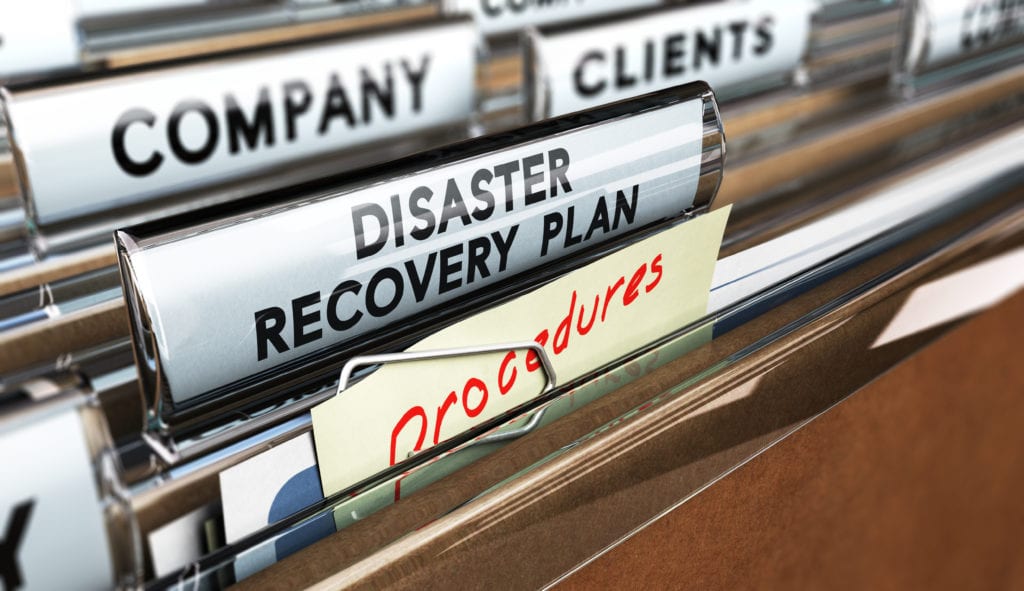Was your business prepared for COVID-19? According to Gartner, Inc.’s Business Continuity Survey, only 12% of organizations are highly prepared for the impact of coronavirus. Though we cannot officially predict when a pandemic will hit, businesses can do their best to prepare for this type of situation with an IT Business Continuity Plan (BCP).
What is a Business Continuity Plan?
A BCP is created to protect the people, customers, and assets of a company in the event a potential threat—like a natural disaster or cyber-attack— and ensures that they can function and recover from the disaster.
From an IT perspective, you cannot afford to let unforeseen circumstances interrupt your business and its critical IT services. An IT BCP includes how you plan to backup PCs, servers, cloud, and email services.
Why You Need an IT Business Continuity Plan
In the event of a disaster, your business can face network outages, data loss, cyber vulnerabilities, and other technical challenges. That is why you need to have an efficient IT BCP in place.
The coronavirus, specifically, forced many companies to turn to “work from home”. Backing up your data is crucially important because when your employees work remotely, your company becomes open to certain security vulnerabilities. Consider replicating your data offsite and implementing email archiving solutions. You should also think about local, offsite, and workstation backup solutions.
How to Create an IT BCP
When you are creating your IT BCP, you will first perform a business impact analysis followed by a risk assessment. During the risk assessment, you will want to consider how your service providers will be affected in the event of a disaster. You’ll also want to think about the pros and cons of working from home and how you can maintain your cybersecurity.
From there, you will want to develop a data disaster recovery plan. This plan should include:
- How your business will back up and protect your data
- How to implement a remote access infrastructure to keep employees online
- How to provide your employees the resources they need to work efficiently
- Open lines of communication
Then, assign roles and responsibilities to determine who is responsible for executing the IT-related tasks.



